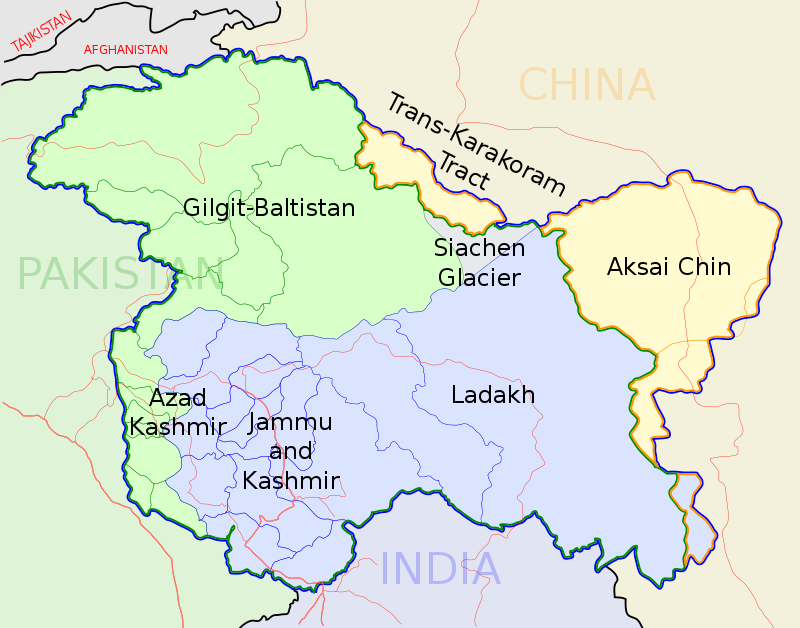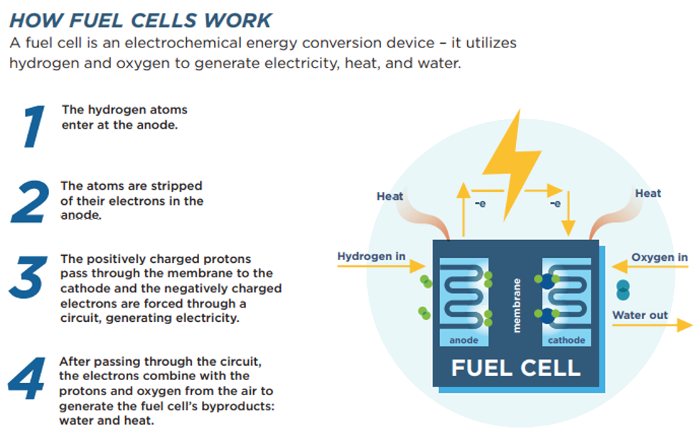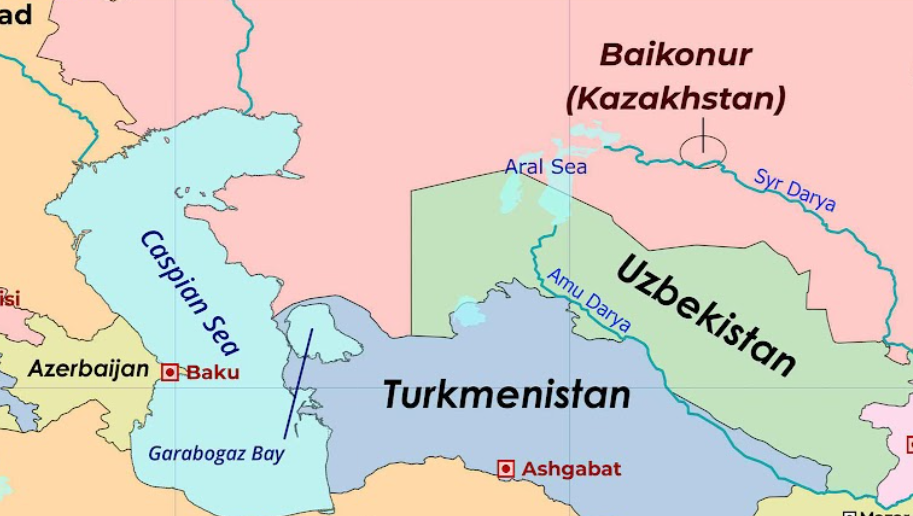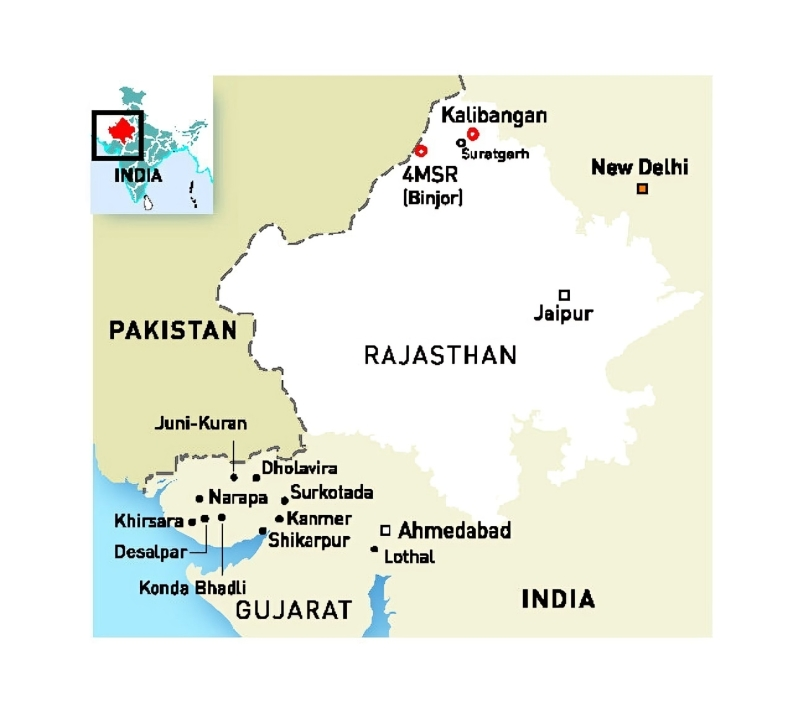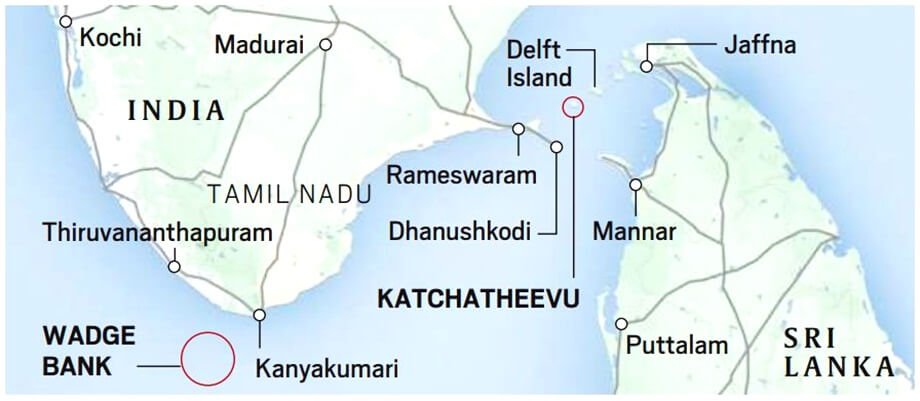
Lead Poisoning
Subscribe to Never Miss an Important Update! Assured Discounts on New Products!
Must Join PMF IAS Telegram Channel & PMF IAS History Telegram Channel
- Context (TH): Parts of Odisha witnessed lead poisoning.
- Lead is a bluish-white lustrous metal naturally found in the Earth’s crust.
- It is also found in small amounts in air, soil and water.
- It is very soft, highly malleable, ductile, and a relatively poor conductor of electricity compared to copper, gold, etc.
- Native lead is rare in nature. Currently, lead is usually found in ore with zinc, silver and copper and it is extracted together with these metals.
- It has a relatively low melting point compared to most metals.
- It has good resistance to corrosion, especially in non-acidic environments.
- It is the most dense (non-radioactive) common metal, which makes it invaluable for applications requiring high weight with small volumes.
Sources of Lead Pollution
- Informal and substandard recycling of lead-acid batteries: Lack of vehicle battery recycling regulation in low and middle-income countries has resulted in nearly half of lead-acid batteries being unsafely recycled in the informal economy.
- Lead in water from the use of leaded pipes, lead from active industry (such as mining), lead-based paint and pigments, and leaded gasoline.
- Lead solder in food cans, as well as in spices, cosmetics, Ayurveda medicines, toys, and other consumer products.
Impacts of Lead Exposure
- Exposure to lead causes lead poisoning, also known as Plumbism and Saturism.
- WHO has identified lead as 1 of the 10 chemicals of major public health concern.
- Other unwanted effects:
- Disruption of the biosynthesis of haemoglobin and anaemia
- A rise in blood pressure
- Kidney damage
- Disruption of nervous systems
- Brain damage
- Declined fertility of men through sperm damage
- Diminished learning abilities of children
- Behavioural disruptions in children, such as aggression, impulsive behavior, and hyperactivity
- Long-term impact: Anaemia, hypertension, renal impairment, immunotoxicity, and toxicity to the reproductive organs.


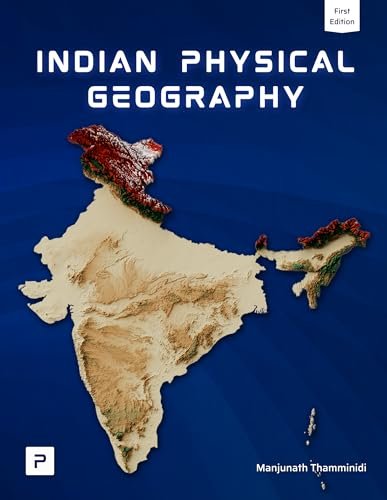
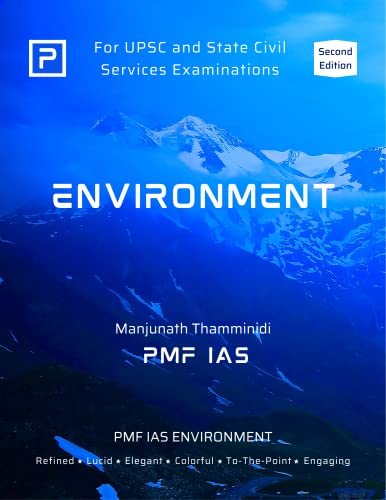

![PMF IAS Environment for UPSC 2022-23 [paperback] PMF IAS [Nov 30, 2021]…](https://pmfias.b-cdn.net/wp-content/uploads/2024/04/pmfiasenvironmentforupsc2022-23paperbackpmfiasnov302021.jpg)
